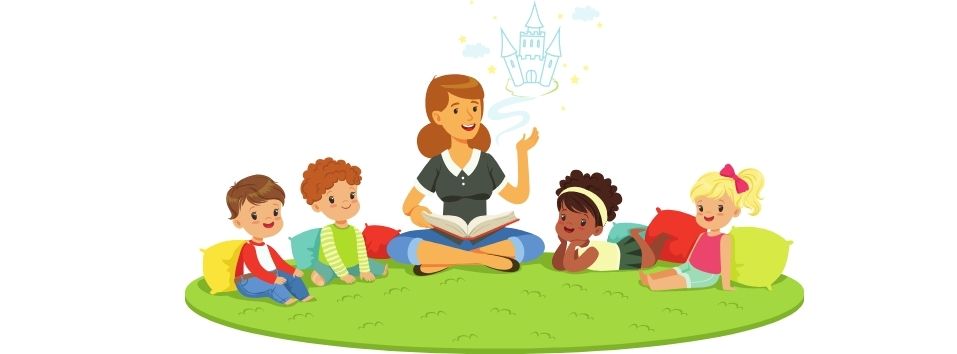New York schools have practiced the “balanced literacy” approach to teach students how to read for over two decades. This teaching style emphasized word study, guided reading, and gaining knowledge of words from context clues and visual cues, rather than explicit instructions on foundational reading skills. As a result, Governor Hochul’s “Back to Basics” plan for 2025 to improve the reading proficiency of students in New York has been accepted by the New York State Board of Regents. Governor Hochul has expressed her concerns on the correlation between the low proficiency rates of New York students and the increased risk of academic lag and dropout rates. Currently, New York State ranks 32nd out of 50 in reading proficiency, a rank that Governor Hochul is addressing by shifting educational policies to require New York schools return to teaching foundational reading skills.
What is Balanced Literacy?
Balanced literacy is an instructional learning approach that emphasizes independent student reading and a softer teaching structure. This approach allows students to spend more time reading literature of their interest independently. However, the balanced literacy approach has been met with criticism that it does not provide students with sufficient phonics instruction.
Balanced literacy relies on a whole language approach, which teaches children to read by recognizing words as complete units of language. For example, “sight words” are a common strategy educators have utilized to teach students certain words that cannot be fluently decoded, such as “said” and “eight.” Students are expected to immediately recognize these words without sounding them out. This approach can be helpful for memorizing non-phonetic words. However, this method can instill memorization of word shapes without understanding why certain sight words, such as “am,” “can,” and “could,” sound the way they do.
Furthermore, some of the strategies included in this instruction, such as cueing children to guess difficult words using pictures and first letters, instead of sounding out the words, have been objected to as potentially hindering the development of strong phonemic awareness and decoding skills.
Balanced literacy is based on the notion that reading is a natural process that requires limited explicit instruction. Proponents argue the more exposed to literature children become, the better readers they will be. Education reporter Emily Handford has stated that this assumption is damaging and that “reading doesn’t come naturally.” The human brain is hard-wired for speech, meaning speaking is inherent. Reading requires active teaching because recognizing and decoding words and comprehension skills are not intrinsically known.
What is the “Science of Reading” and How Does it Compare to Balanced Literacy?
Instruction of reading strategies and literacy curriculums have evolved within the last couple of decades in response to the criticism the balanced literacy approach has received.
In turn, the “science of reading” approach has gained momentum. Currently, there are more than 30 states that have introduced and passed “science of reading” legislation. Each state defines the science of reading somewhat differently but overall, the common theme in the definition is a reading curriculum that includes phonemic awareness, decoding words and their meaning, and expanding students’ vocabulary. The stylistic approach of the science of reading also includes explicit instruction, which ensures that students receive systematic and structured guidance on word pronunciation and vocabulary.
The uptick in science of reading legislation has been supported by research that shows most children require grounding and structure in their reading topics to improve their proficiency. Through the science of reading approach, students understand and learn phonics and receive explicit sequential instruction on letter combinations or spelling patterns to improve their literacy skills. The science of reading takes a bottom-up approach to teach students phonemes, the distinct sound each letter of the alphabet makes, to create whole words. This is taught before moving onto the meaning of the word, as opposed to balanced literacy that believes students gain understanding by first memorizing the whole word instead of individual letters and sounds.
What are the Proposed Education Policies?
Governor Hochul has addressed how the implementation of the science of reading into school curriculums requires funding the programs that teach future educators. However, funding these programs for teachers is not the only aspect of the science of reading movement that requires attention. Classrooms and school libraries may require new books that are designed for building children’s phonic skills and providing students with the resources to improve their literacy abilities.
Governor Hochul’s approved proposal included requiring the New York State Education Department to certify that their curriculums have embraced “scientifically proven” approaches for literacy by September 1, 2025. The proposal included spending $10 million to retrain teachers in the science of reading methods. The proposal also called for programs at the State University of New York and City University of New York to educate teachers in these methods by providing classes that address such teaching strategies.
Takeaway
The science of reading exemplifies a significant shift in the education system, reshaping instructional practices nationwide over the past decades. Governor Hochul’s approved proposal has resulted in New York joining other states in embracing this approach, signaling a commitment to implementing scientifically-grounded reading strategies within the student curriculum. By prioritizing the science of reading, New York aims to address its low reading proficiency rates, enhance educational outcomes, and better prepare students for future academic success. The proposed funding and curriculum changes are a significant step toward aligning New York’s educational practices with research-backed strategies, so that New York students have the foundational skills necessary to become proficient readers.

